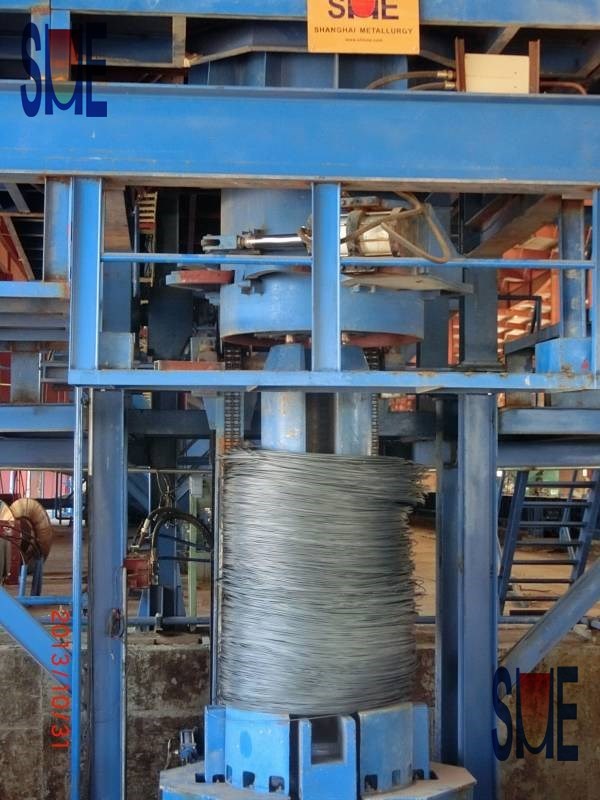The EAF steelmaking energy will consume more energy after adding the DRI, there are the following reasons.
DRI melting increased energy consumption, the lower the DRI metallization rate, the higher the FeO content, and the reduction reaction of FeO in electric furnace steelmaking is a heat absorption reaction.
Vein stone content of the DRI influences energy consumption obviously, the higher the SiO2 content will certainly increase the power consumption. And in order to maintain the alkalinity of the slag, with the increase of SiO2, the addition of quicklime is bound to increase, which will cause much slag, melting the slag takes energy.
DRI with high carbon content also has an impact on power consumption.
when the DRI is fed continuously, and power supply matching with DRI feeding rate, can significantly shorten the smelting time, can maintain the arc furnace to the maximum input power operation, is conducive to improving the output of the electric arc furnace; when adding the DRI in batch, if improper feeding (such as DRI is too concentrated or DRI near the furnace wall), it will cause DRI pile up or bonding in the furnace wall, thus greatly extending the melting time and increasing electricity consumption.
DRI charge temperature has a greater impact on electricity consumption, and a smaller impact on the smelting cycle. When using full cold charge sponge iron, electricity consumption will be higher than full scrap smelting while if it is full hot charge, the electricity consumption is comparable to scrap smelting.
At present, in order to reduce the energy consumption of EAF steelmaking when DRI is added, steel mills have taken many kinds of measures, such as preheating the added DRI, but need to prevent secondary oxidation. The DRI with high metallization rate and low SiO2 is preferred.
